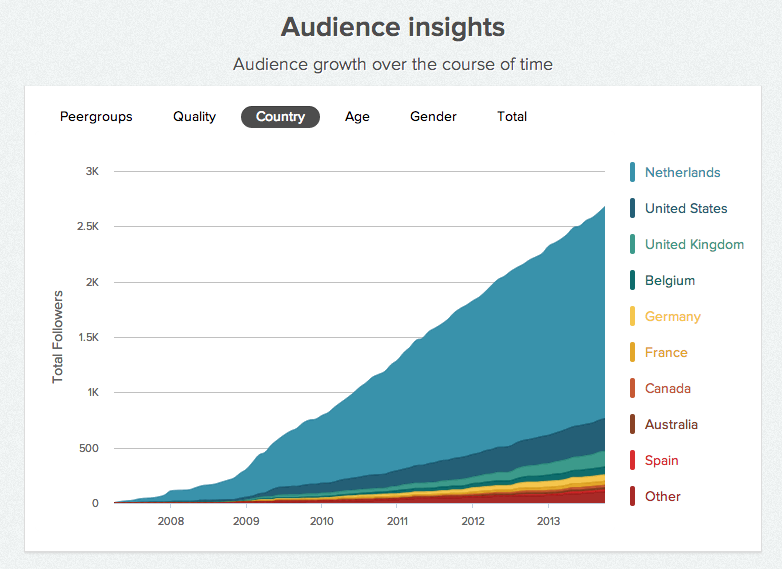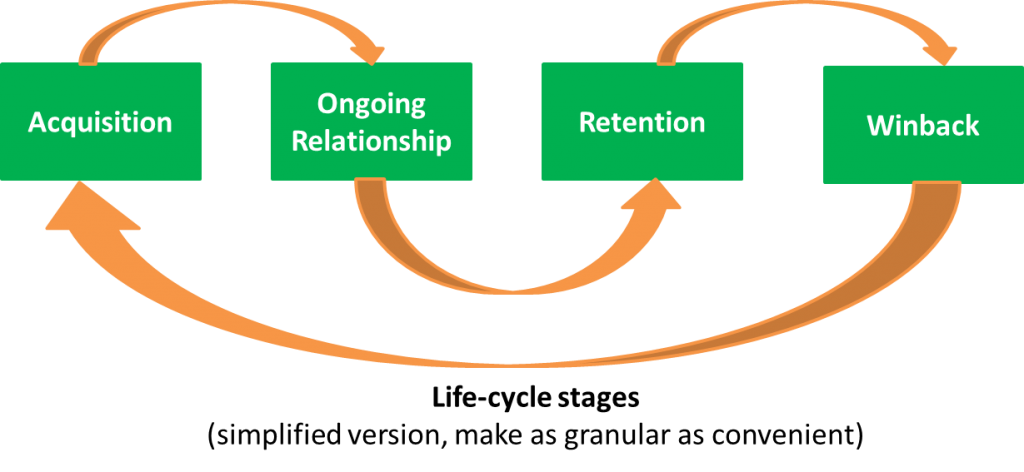Analytics is a must to succeed today.
But as we think of and define business scenarios where we can get greater insights, I am surprised by the little thought that goes into systematically feeding it into the right operational (and technology) processes. It takes long. Far too long. And costs too much. And by the time it’s done, it’s already outdated and the costs to redo are huge.
In a recent research by The SAS Institute (sponsored by them), they pointed out that proper and structured analytics organizations need to be built. They recommend statisticians, scientists and a Chief Analytics Officer (of course!). That pitch is perfectly fine. But for leaders, it’s equally important to think about how and when to send those insights out to where they will actually be used.
For example, it’s great to generate personalized recommendations. But the accompanying question should also be on how we get the recommendations out to the cashiers or to the website in a way that they are not outdated by the time they reach there.
Think of a cashier at a checkout counter who wants to egg you on for an alternative form of payment, or for a donation to a cause before, or wants to sell you AAA batteries. And think of a bank website or call center that wants to know if you are likely to be interested in the local Pirates ball game because you’ve never previously taken any offers for a fancy game in the city.
Visualization tools are NOT a good answer. Visualization is important but has a different place. Its useful for analysis, thinking and strategy definition. Out on the field, at the spur of the moment, we need light, actionable calls to action, not pretty graphs.
Technology and Ops just seem to work. And that’s the bane of our existence. We keep trudging along and wasting money on things that can be better spent on making us more competitive. But instead we watch Citi, eBay, Amazon, Target and Walmart and then peg ourselves as Tier 2, content to be followers. Or we invest in a pretty dashboard and think we’ve made it. We seem content to be stuck with “old wine in a new bottle” – citing buzzwords, fighting the same price wars with new technology, and “digitizing” stuff, instead of really thinking modern. It’s time to tackle this head on. It’s not that complicated.
Here’s a checklist to see how you are doing:
1. Have you built out a basket of business scenarios?
Every business process in your organization has some metrics that can be assigned. And for every metric, we can construct business scenarios and related hypotheses. For example, take customer acquisitions for a credit card company. Consider a metric that is the rate of online driven acquisitions in a given month. Now think about various factors that can help this metric. You don’t yet know if the factors are right, but at this point you are developing assumptions to test. Could the rate of online conversion depend on the fact that the customer already has an account with you, could the number of interactions with the customer over email be a positive driver, could they be influenced because they were provided a calculator to calculate their balance transfer savings, could any of the features on your credit card be a driver, and the list goes on.
2. Have you assessed your data landscape?
Not every scenario is easy to test. In a utopian world, you’ll have all the data readily available. But the reality is that your data will be woefully inadequate. Have you taken stock of what you have, what you could acquire quickly and what you would need to do / invest to secure the additional data you need to really make a dent. Process changes, technology changes and partnerships are all ways to plan that data roadmap.
3. Have you thought of how to use your insights?
Analysis can be fun. And it can also go on for ever. At some point you have to test your hypothesis. If you now have a hint that past interactions may be a great way to drive online conversions (versus people calling in), then find a way to make that happen. What would be needed to make this happen is the all important question because it depends on the time and money you have. This step is also where most analytics initiatives break down and stall.
4. Have you thought about doing real time matching?
There are static insights and there are dynamic insights. Static insights become principles for your business. If we do more of X, then we get more of Y. Dynamic insights are what you do to drive the behavior. If we know that folks who have sent an inbound email inquiry are more likely to use online bill pay, then providing those offers to them in real time makes sense.
Analytics is closely related to your digital strategy to create the full impact. Letting your insights be jailed behind jazzy charts on an iPad for management is only half the battle won.


